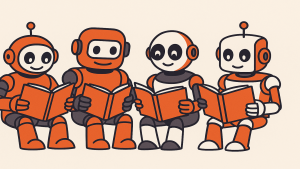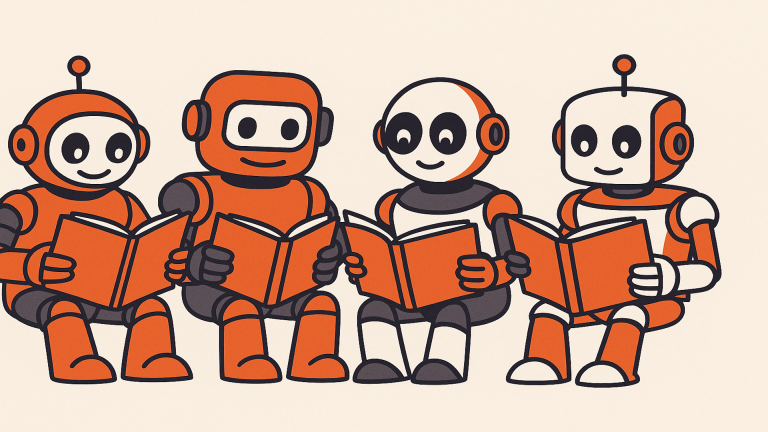Generative AI. Blockchain. The metaverse. Smart cities. Nearly every new year sees an exciting emerging tech trend dominate the narrative.
But in 2025, the story took a slightly quieter turn. This has been the year that “boring technologies” — the reliable, practical innovations that actually make businesses work — made a strong comeback.
AI: from hype to habit

Hardly surprisingly, 2025 was all about AI. What was different, however, is that it’s no longer a futuristic concept — it has increasingly become an everyday reality.
This shift is evident as brands go far beyond chasing novelty. Instead, they’re focused on making AI practical by embedding it into their core business processes. From automating routine workflows and orchestrating customer journeys to powering data-driven decisions, AI has quietly become part of the operational backbone that keeps businesses running.
In this sense, AI’s biggest leap forward isn’t about new frontiers — it’s about stability, integration and trust. The conversation has shifted from experimentation to execution, from hype to habit.
The rise of MCP
AI might be all-powerful, but it does have a problem: it doesn’t play nicely with the real world. Integrating AI with existing systems has meant endless custom builds, which are complex and costly.
Fortunately, there is a solution as 2025 has seen the meteoric rise of Model Context Protocol, or MCP, the game-changing standard that’s rewriting the rules. Put simply, it gives users precise control over how AI interprets inputs across tools, environments and use cases.
Instead of scattered AI silos, enterprises can now create intelligent networks where CRMs, CMSs, analytics and automation systems share context seamlessly. This isn’t just interoperability — it’s the foundation for living ecosystems of connected intelligence.
And this is more than just a new standard — it presents a paradigm shift in how we think about AI. With a short-term roadmap focused on enhanced security, richer developer tooling and broader ecosystem support, the consensus is that MCP will continue to inch even closer to becoming a universal standard for AI integration in just the next one to two years.
From legacy to living systems
Legacy CMS is like trying to run optimized code with outdated hardware — limitations hold back every move. Developers end up fighting bloated, monolithic platforms instead of building the innovative customer experiences businesses need.
It’s a massive drain. Last year alone, IT teams spent up to 25 hours per week just keeping these legacy systems alive; time that could’ve fueled innovation, not maintenance.
But the tide is turning. This year marked a decisive shift toward IT modernization. Businesses that once depended on rigid, monolithic systems are now embracing modular, composable architectures built for speed, flexibility and scale. Headless and API-first platforms are at the center of this movement, empowering companies to evolve their digital ecosystems and integrate new technologies effortlessly as customer expectations change.
The shift isn’t just about speed or cost-efficiency, it’s about agility. In today’s hyper-competitive landscape, speed isn’t just an advantage; it’s the ultimate competitive edge. Customers expect instant gratification, personalized experiences and seamless interactions across every channel. If you can’t deliver at pace, you’ll be left behind
At Storyblok, we became part of this trend by developing a suite of next-generation CMS features designed to help companies adapt to the practical realities of AI. With Strata, brands gain a vector data layer that gives every piece of content meaning, eliminating content debt and enabling personalization at scale. FlowMotion automates repetitive workflows across tech stacks, letting teams orchestrate content while AI handles the heavy lifting.
Feeling before features
In a world overflowing with tools and platforms, it may be easy to assume that the most advanced technology will always win. But the truth is far more human. Success today isn’t just about how powerful a tool is, but how it makes people feel.
In an era of growing “enshittification,” organizations are leaning back toward clarity, reliability and empathy. The products that win aren’t necessarily the flashiest; they’re the ones that respect users’ time, reduce friction and make everyday interactions feel effortless.
It could be a calm interface or an app that simply works every time. For example, in a recent global study of marketers with legacy CMS experience, we used facial coding to track reactions. Over half (55%) showed signs of joy when using Storyblok simply by seeing how easy it was to update content.
The lesson is clear: it’s less about fancy features and more about making people feel good.
Dominik Angerer is CEO and co-founder of enterprise tech company Storyblok, which he co-founded in 2015 after years on the digital agency scene, with the aim of building a CMS that developers actually like and marketers enjoy using. Leading brands including Adidas, T-Mobile, Renault, Oatly and 200,000-plus other developers and marketers that use Storyblok to create better content experiences.
Illustration: Dom Guzman






















